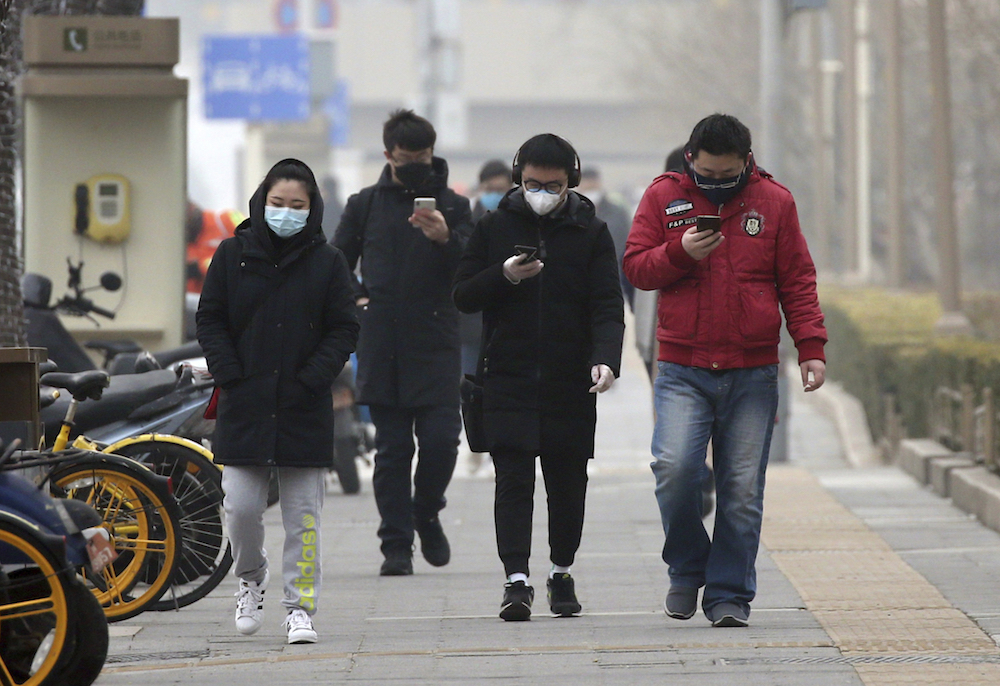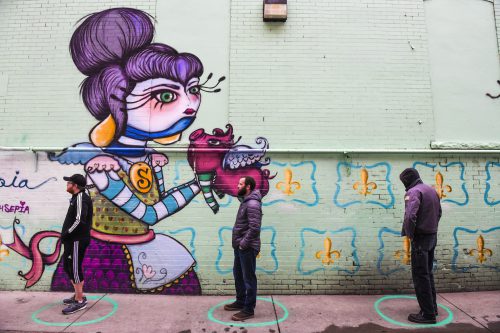Pandemics

2020 will be remembered as the year of the COVID-19 pandemic, but humanity has withstood many other pandemics over millennia. In this unit, students will learn how previous pandemics have affected human cultures, what anthropologists who study pandemics can tell us about underlying problems in our societies, and what we need to know moving forward.

The Problem of Imagining the Real

Why Social Distancing Feels So Strange

The International Order Is Failing to Protect Palestinian Cultural Heritage

Spotlighting War’s Cultural Destruction in Ukraine

Can Archaeology Help Restore the Oceans?

Heritage Forensics Is Tackling Devastating New Forms of Cultural Erasure

In Spain, Scapegoating Spikes During the Pandemic

Unmasked: Illustrating COVID-19 in Okoboji

To Raise Children, We Must First Raise Parents

My Errant Uterus

Doctors Are Taught to Lie About Race

How Water Insecurity Impacts Women’s Health

Fighting for Reproductive Rights in Retirement

Spotlighting Black Women’s Mental Health Struggles
- The archaeological record reveals evidence of the human experience amid pandemics like the bubonic plague and the 1918 flu.
- Anthropologists are well-positioned to study pandemics because of the importance they place on social interactions that can predict and explain how different cultures make sense of viruses and illness. They can also help identify what tendencies may spread or help contain contagion that other disciplines may not readily consider.
- Anthropological approaches to pandemics can also provide insight into socioeconomic differences that can result in some populations being at higher risk for exposure to harmful viruses.
- Anthropologists are also well-equipped with the necessary tools to help make sense of the reactions to pandemics—such as how people deal with isolation, death, physical distancing, and grief. Similarly, they bear witness to the creation of rituals and traditions, and new ways of generating networks and support during uncertain times.
- The study of globalization and transnational wealth and power also yield important insights for how the economy and politics are impacted amid widespread crises.
-
Hardy, Lisa J. 2020. “Connection, Contagion, and COVID-19.” Medical Anthropology 39 (8): 655–659.
-
Singer, Merrill. 2009. “Pathogens Gone Wild? Medical Anthropology and the ‘Swine Flu’ Pandemic.” Medical Anthropology 28 (3): 199–206.
-
Lowy, Ilana. 2020. “The Unknown Known: The SARS Past of COVID-19.” Medical Anthropology Quarterly June 5.
- According to the readings, what are some reasons why it can be difficult to get people to comply with safety measures during a pandemic?
- Why is it so challenging for some people to understand the danger of viruses?
- What have you learned in the readings about how humans have dealt with pandemics in the past? What lessons from those experiences can be applied to the COVID-19 crisis?
- What aspects of human behavior are both crucial for human survival and dangerous in times of a pandemic?
- Do the readings hint at anything that might be useful for us to keep in mind during future pandemics?
- Have students write a one- to two-page response to the question: “Why is it difficult for some people to stay home or physically distance?” Their responses should reference at least two readings.
- Have the students design masks that are oriented toward a particular culture’s values so that people would be inspired to wear the mask. Preface with a conversation about respectful representations and emphasize that these masks are not intended for actual use. This activity is about cultivating an awareness of culturally significant symbols and designs.
-
Podcast: SAPIENS Season 3 Going Viral
-
TED Talk: Alex Rosenthal’s “When Is a Pandemic Over?”
Eshe Lewis (2020)
Professional Anthropology
